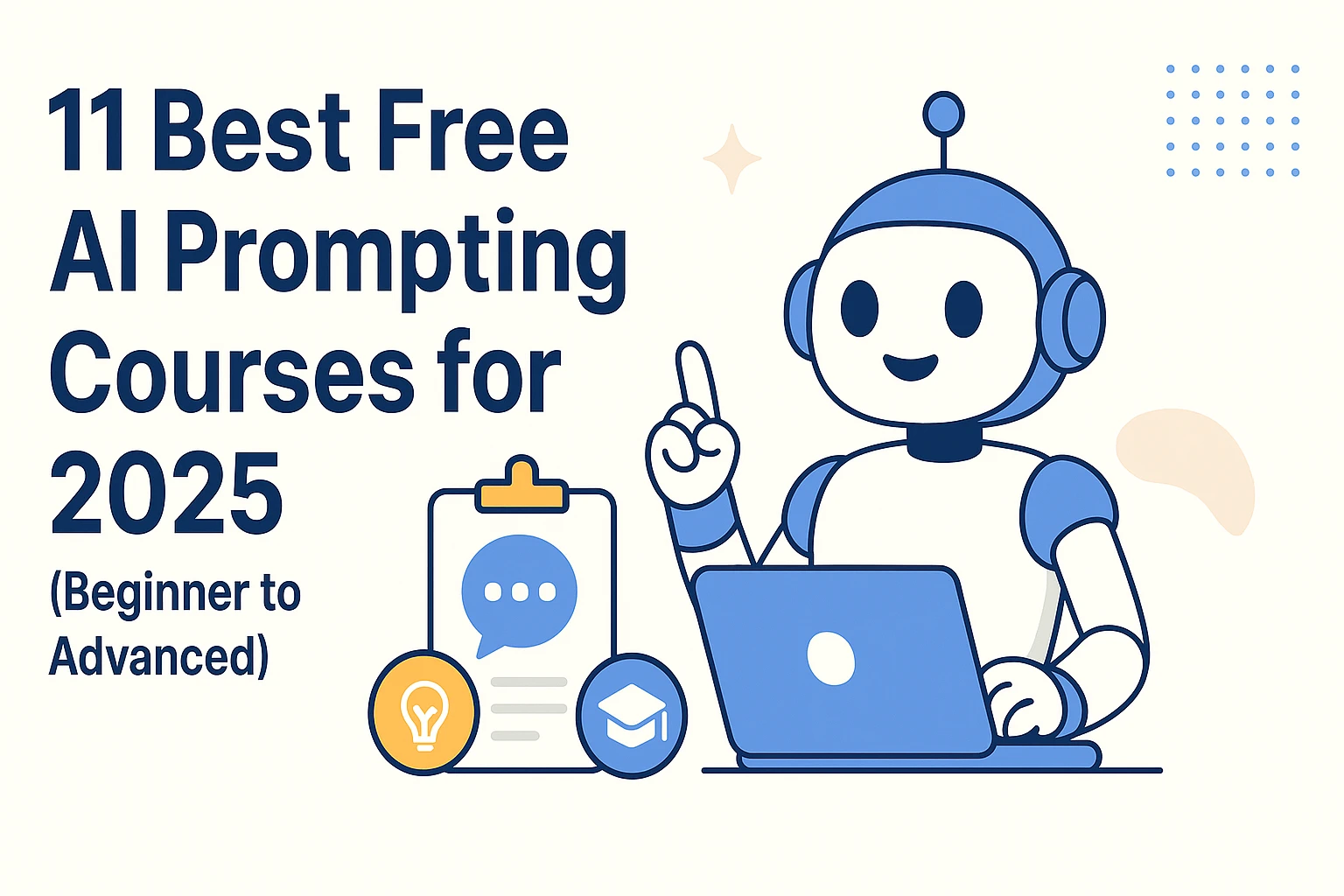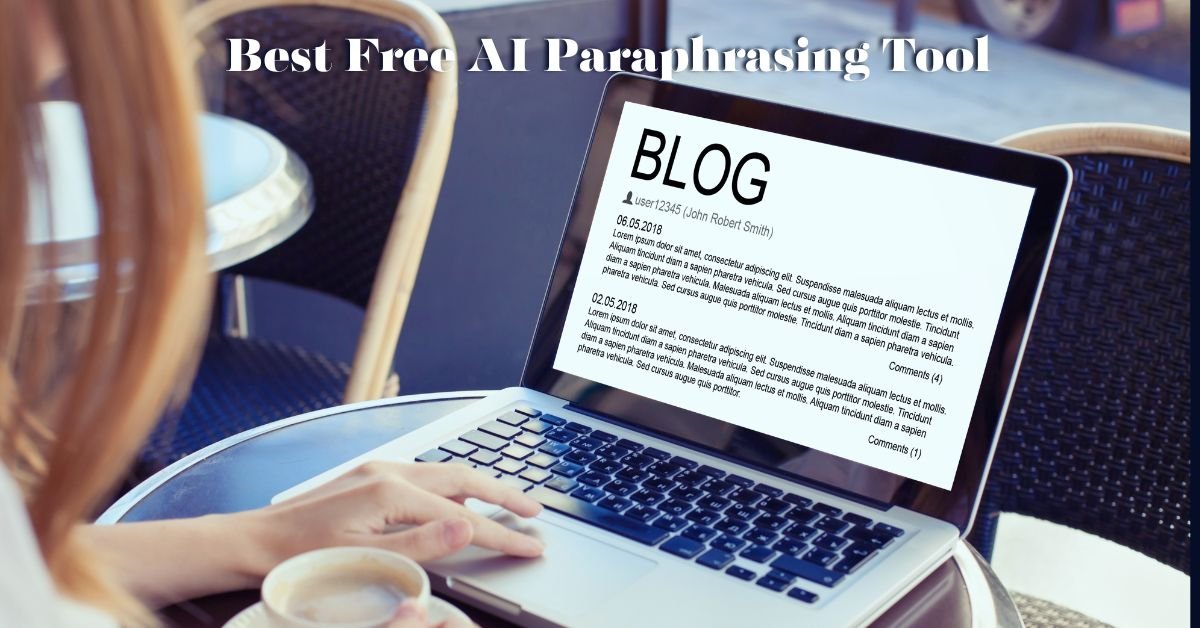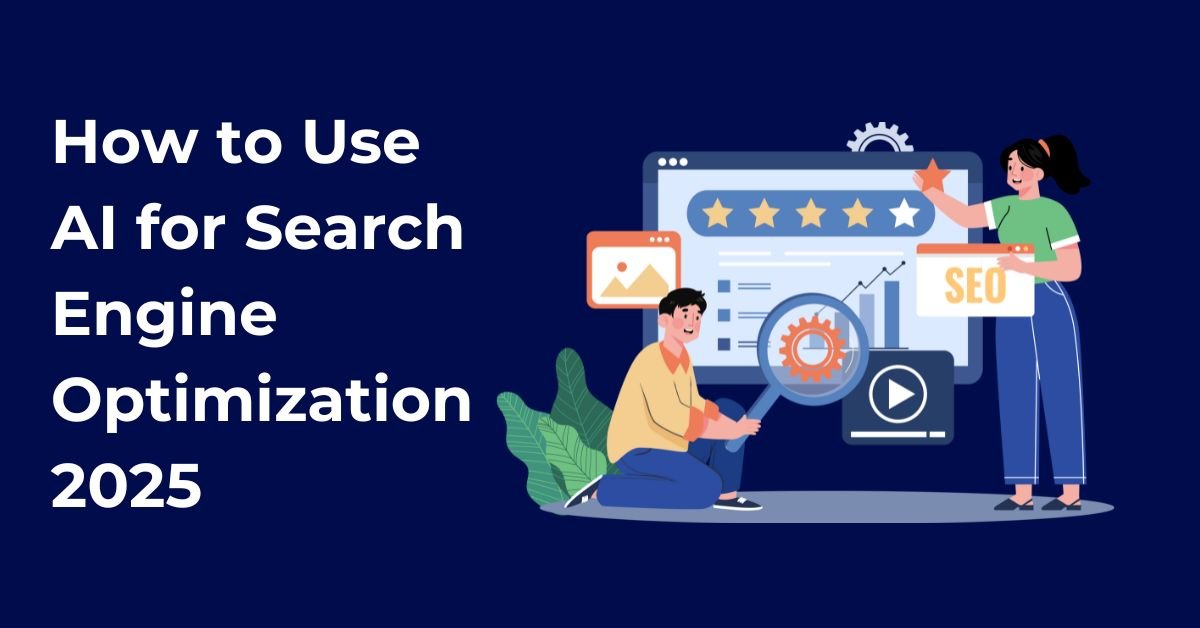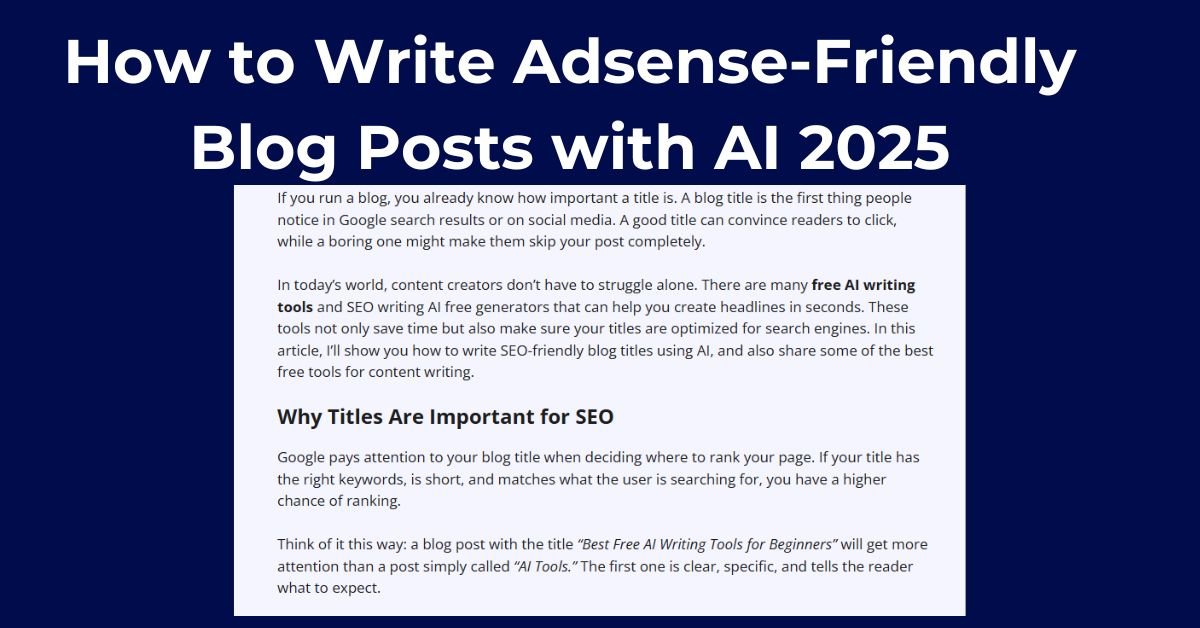As an educator, I’ve been experimenting with various AI tools to improve my teaching. The world of education is changing fast. AI is changing how we teach!
Using AI in education has brought new ways to make learning fun and effective. In this article, I’ll talk about the best AI tools for teachers. These tools can help teachers do better and impact their students more.
Key Takeaways
- Top AI tools for enhancing teaching methods
- How AI is transforming the education sector
- Practical applications of AI in the classroom
- Benefits of using AI tools for teachers
- Future prospects of AI in educational technology
The Transformative Power of AI in Education
Artificial intelligence is changing how we teach and learn. I’ve seen how AI helps teachers save time and focus on teaching. It makes learning more efficient, effective, and fun.
AI is more than a tool; it’s a partner for educators. It automates tasks and creates personalized learning experiences. This is changing education.
How AI is Reshaping Modern Classrooms
AI is making classrooms better by giving instant feedback and automating grades. It helps teachers focus on what matters most. This makes learning more effective and fun.
| Traditional Classroom | AI-Integrated Classroom |
|---|---|
| One-size-fits-all approach | Personalized learning paths |
| Manual grading and feedback | Automated grading and real-time feedback |
| Limited teacher support | Enhanced teacher support through data insights |
Why Teachers Need AI Tools in 2025
In 2025, teachers will need AI tools to give the best education. AI helps teachers save time and improve student results. It makes learning better for everyone.
AI will be key in education’s future. Teachers who use AI can make learning more engaging and effective. This is good for students.
Understanding the Benefits of AI for Educators
AI offers many benefits for teachers, from automating simple tasks to making learning more personal for students. It helps create a better, more engaging classroom environment.
Time-Saving Automation for Administrative Tasks
AI can greatly reduce the work teachers do on paperwork and grading. This lets them spend more time teaching and less on paperwork. It makes classroom management easier and improves teaching quality.

Personalized Learning Experiences for Students
AI tools help create learning plans that fit each student’s needs and learning style. This approach boosts student success and keeps them interested. Teachers can use AI to see where students need help and adjust their teaching.
Data-Driven Insights for Better Teaching Outcomes
AI gives teachers important insights into how students are doing. This helps them improve their teaching and get better results. By looking at data, teachers can find areas to work on and make better choices.
How to Evaluate AI Tools for Your Classroom
With educational technology changing fast, teachers must carefully choose AI tools for their classrooms. It’s key to pick tools that fit well with our teaching methods. This ensures we’re making the best choices for our students.
When looking at AI tools, there are important things to consider. Let’s explore the main features that can greatly impact their effectiveness.
Key Features to Look For
When evaluating AI tools, look for features that match your teaching goals. Look for personalized learning capabilities, real-time feedback mechanisms, and user-friendly interfaces. Make sure the tool can be tailored to meet the needs of all your students.
Privacy and Data Security Considerations
It’s vital to think about privacy and data security when using AI tools. Check if the tool follows data protection laws like FERPA. Also, make sure it has strong security to protect student data.
Budget and Accessibility Factors
Lastly, consider the tool’s budget and accessibility. Look at the total cost, including fees and training. Make sure the tool is available to all students, including those with disabilities.
5 Best AI Tools for Teachers in 2025
AI technology is changing fast, offering many tools for teachers in 2025. These tools help with making content, grading, managing classrooms, and personalizing learning.

Selection Methodology
To find the 9 best AI tools for teachers in 2025, I used a careful method. I looked at several important factors. These include:
- Effectiveness: How well does the tool do its job?
- User Experience: Is it easy for teachers and students to use?
- Innovation: Does it have unique features?
- Integration: How well does it work with other educational systems?
Categories of AI Tools Covered
The chosen AI tools fit into key areas for education today. These areas are:
- Content Creation: Tools that help teachers make great educational content.
- Assessment and Grading: AI tools that make grading easier and give insights.
- Classroom Management: Tools for better classroom management.
- Personalized Learning: AI platforms that customize learning for each student.
Looking at these categories and tools helps teachers choose the best AI tools for 2025.
1. ChatGPT for Education: AI-Powered Content Creation
As educators, we’re always looking for new ways to engage our students. ChatGPT is changing how we make content for the classroom. It uses advanced AI to help teachers make top-notch educational materials, like lesson plans and quizzes.

Key Features and Capabilities
ChatGPT has many features that are super helpful for teachers. Some of its main abilities include:
- Creating detailed lesson plans that meet specific curriculum needs
- Making fun quiz questions and assessments
- Helping with writing educational content, like blog posts and study guides
A recent study found that teachers using AI tools like ChatGPT can save up to 30% of their time. This lets them focus more on teaching and talking with students.
| Feature | Description | Benefit |
|---|---|---|
| Lesson Plan Generation | Makes detailed lesson plans based on curriculum needs | Saves time and ensures plans fit the curriculum |
| Quiz Creation | Creates fun quiz questions and assessments | Boosts student interest and makes assessments more accurate |
| Content Writing | Helps with writing educational content | Reduces teacher workload and improves content quality |
Step-by-Step Implementation Guide
Adding ChatGPT to your classroom is easy. Here’s how to do it:
- Sign up for a ChatGPT account and get to know the interface
- Figure out what content you need, like lesson plans or quizzes
- Use ChatGPT to make content based on your needs
- Check and adjust the content to fit your teaching style
“AI tools like ChatGPT are not just for automating tasks. They help make teaching more effective and fun.” –
Practical Classroom Applications
ChatGPT can be used in many ways to improve teaching and learning. For example, you can:
- Make personalized learning materials for students
- Develop interactive quizzes that fit different learning styles
- Generate extra educational content, like videos and interactive simulations
By using ChatGPT, teachers can create a more engaging and effective learning space. This can lead to better results for students.
2. Gradescope: Revolutionizing Assessment and Grading
Gradescope is changing the game for educators with its innovative grading tools! As someone who’s seen the burden of manual grading, I can attest that Gradescope’s AI-powered grading is a breath of fresh air. By automating the grading process, teachers can save a significant amount of time and reduce their workload.

Key Features and Capabilities
Gradescope offers several key features that make it an indispensable tool for educators. Some of its standout capabilities include:
- Automated Grading: Gradescope’s AI technology can grade assignments quickly and accurately, freeing up instructors to focus on teaching.
- Rubric-based Grading: Create custom rubrics to assess student performance and provide detailed feedback.
- Plagiarism Detection: Identify instances of plagiarism with Gradescope’s advanced detection tools.
Step-by-Step Implementation Guide
Implementing Gradescope in your classroom is straightforward. Here’s a step-by-step guide to get you started:
- Create a Gradescope account and set up your course.
- Upload your assignments and configure the grading settings.
- Use Gradescope’s automated grading feature to streamline your grading process.
Practical Classroom Applications
Gradescope can be used in a variety of classroom settings, from large lectures to small seminars. For instance, you can use Gradescope to:
- Grade assignments and provide detailed feedback to students.
- Analyze student performance and identify areas for improvement.
- Streamline your grading process, saving time and reducing stress.
3. ClassDojo AI Assistant: Streamlining Classroom Management
ClassDojo uses AI to make classrooms better. Its AI Assistant helps teachers manage their classrooms easier. This lets teachers focus more on teaching and connecting with students.
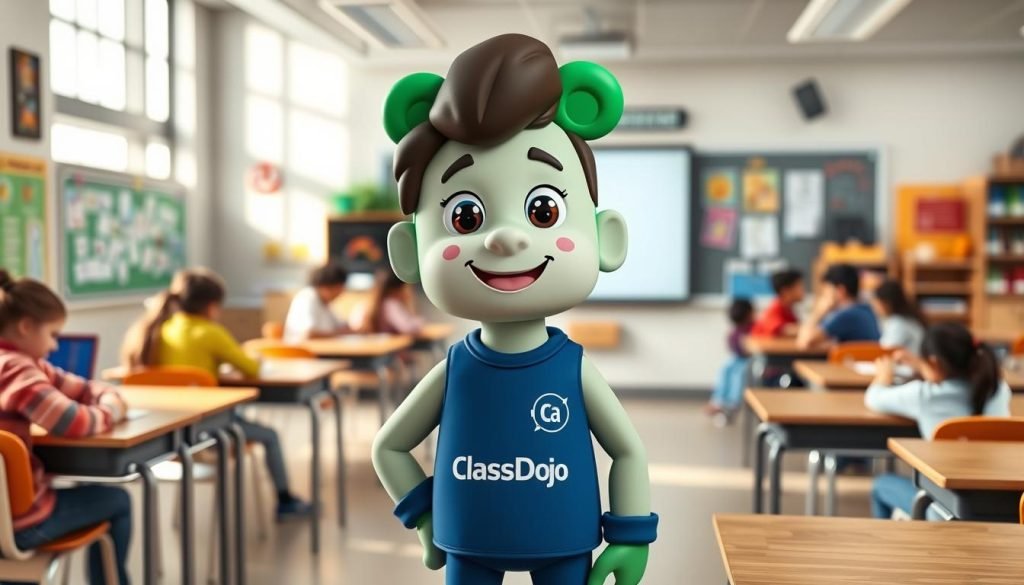
Key Features and Capabilities
The ClassDojo AI Assistant has many useful features. It tracks student behavior, gives feedback, and helps teachers talk to parents better. These tools make classroom management smoother and more effective.
- Automated behavior tracking
- Personalized student feedback
- Enhanced parent-teacher communication
Step-by-Step Implementation Guide
Setting up ClassDojo’s AI Assistant is easy. Here’s a step-by-step guide to help you:
- Sign up for a ClassDojo account and explore the AI Assistant feature.
- Customize the AI settings to fit your classroom needs.
- Train your students and parents on how to use the platform.
- Start using the AI Assistant to track behavior and communicate with parents.
Practical Classroom Applications
The ClassDojo AI Assistant has many uses in the classroom. Teachers can track student behavior, give feedback, and share updates with parents. This saves time and makes learning more collaborative and supportive.
4. DreamBox Learning: Personalizing Math Education
DreamBox Learning is changing math education with its AI-powered platform. It tailors learning to each student’s needs. This can greatly boost math skills.

Key Features and Capabilities
DreamBox Learning has many features that make it great for math education. These include:
- Personalized Learning Paths: DreamBox makes learning paths for each student based on their strengths and weaknesses.
- Real-time Feedback: The platform gives students feedback right away. This helps them fix their mistakes.
- Adaptive Technology: DreamBox’s AI technology checks how well students are doing. It then changes the difficulty level as needed.
Step-by-Step Implementation Guide
Setting up DreamBox Learning in your classroom is easy. Here’s how to do it:
- Sign up for a DreamBox Learning account and check out its features.
- Connect DreamBox with your Learning Management System (LMS).
- Put students in the right grade level or learning path.
- Keep an eye on how students are doing through the dashboard.
Practical Classroom Applications
DreamBox Learning has many uses in the classroom. Teachers can use it to add extra practice to their lessons. It’s also great for students who need extra help or are ready for a challenge.
5. Century Tech: Adaptive Learning Platform
Century Tech is an adaptive learning platform. It uses AI to make learning personal for students. It gives feedback, grades work, and helps teachers improve their teaching.

Key Features:
- Adaptive learning pathways
- Real-time feedback and assessment
- Data analytics for teacher insights
Century Tech makes learning more personal and effective. A recent review said, “Adaptive learning platforms like Century Tech can change education. They offer learning experiences that fit each student’s needs.”
Step-by-Step Guide to Implementing AI in Your Classroom
Adding AI to your classroom might seem hard, but it’s easier than you think. Many teachers have successfully used AI tools in their classes. I’m here to guide you through it step by step.
To make it smooth, just follow these steps:
1. Assess Your Classroom Needs
First, think about where AI can help the most. Look at your teaching challenges, what your students need, and your curriculum. Ask yourself, “What takes up most of my time?” or “Where do my students struggle?” Write down your main concerns to help pick the right AI tool.
2. Start Small with One Tool
Don’t try to use many AI tools at once. Pick one tool that solves a specific problem and start with that. For example, you could start with a grading tool like Gradescope or a content tool like ChatGPT. This way, you can learn and feel more confident.
3. Provide Training and Support
After picking an AI tool, make sure you and your students get the training you need. You might watch videos, attend webinars, or join online forums. Knowing how the tool works and what it can do will help you use it best.
4. Measure Impact and Adjust Implementation
After using the AI tool, keep an eye on how it changes your teaching and students’ learning. Ask for feedback, track how students are doing, and tweak your plan if needed. This will help you improve and make choices based on facts.
By following these steps, you can successfully add AI to your classroom. You’ll start seeing the good things AI can do in education!
- Assess your classroom needs
- Start small with one tool
- Provide training and support
- Measure impact and adjust implementation
Wrap-up
AI in education is changing how we teach and learn. It makes learning more efficient, effective, and fun. The 9 best AI tools for teachers in 2025 help a lot, from making learning personal to managing classrooms better.
To use AI in education well, start small and know what you need. Also, make sure teachers get the training they need. This way, we can use technology to make teaching better and learning more fun.
Using AI in education can make a big difference for our students. It prepares them for a world that’s more complex and tech-savvy. I urge teachers to explore AI and start their journey today. It opens up new ways to grow and innovate.
FAQ
What are the benefits of using AI-powered tools in education?
AI tools save teachers time and help create personalized learning. They automate tasks, letting teachers focus on teaching. This makes learning more effective.
How do I evaluate AI tools for my classroom?
Look at features that match your teaching goals. Check privacy and data security. Also, consider your budget and if the tool is accessible. This helps you pick the best tool.
What is the role of AI in classroom management?
AI helps with tasks like tracking student behavior and talking to parents. It makes the classroom more positive and productive.
Can AI-powered tools help with content creation?
Yes, tools like ChatGPT can create high-quality text. This helps teachers make engaging lesson plans and quizzes.
How can AI support adaptive learning?
AI tools like DreamBox Learning offer personalized learning. They adjust to each student’s needs, improving learning outcomes.
What is the impact of AI on student engagement?
AI tools make learning fun and interactive. They provide personalized experiences, boosting student engagement.
How can I implement AI in my classroom?
First, figure out what you need in your classroom. Then, choose a tool and provide training. Finally, see how AI changes your teaching.
Are AI-powered tools secure?
Make sure to check the tool’s privacy and data security. This ensures student data is safe.
Can AI help with language learning?
Yes, tools like Duolingo AI Tutor offer personalized language support. They help students get better at languages.
How can AI support collaborative learning?
Tools like Edmodo AI make it easier for students to work together. They create a more interactive learning environment.



